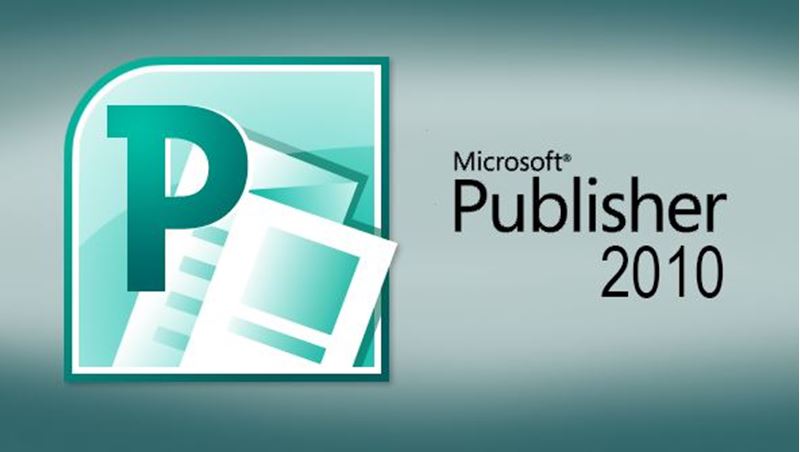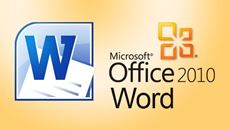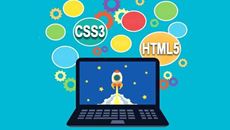- Delivery Method Online
- Professional Certificate
- 24hrs Suggested Study Time
- 3 Months Access
- Tutor Support
- Study On Any Device
- 884 Students
Microsoft Publisher 2010 Fundamentals

Learn how to design professional publications, including newsletters, fliers, and brochures, with Microsoft Publisher 2010.
In this course, you'll learn to use Microsoft Publisher 2010 to create impressive publications. It's perfect for beginners who want to learn how to produce professional-quality newsletters, fliers, letterheads, and brochures.
You'll start by learning how to navigate the Publisher workspace using the ribbon, and how to access both local and online Publisher templates. Next, you'll find out how to create and manage text, pictures, graphics, and other elements, such as tables and shapes, and see how you can use these different components to create a variety of documents.
As the course progresses, you'll learn about different kinds of publications Publisher can help you produce. You'll see how to create documents from scratch, but you'll also learn how to modify existing templates so you can create customized documents more easily. Finally, you'll learn all about printing your publications and how to share Publisher documents electronically.
Once you learn how to manage Publisher tools and features and how to design effective publications, you'll be able to create anything you might need. Introduction to Publisher 2010 is a course that will help you do just that!
Courses are delivered to you through expertly executed lessons, online instruction and interaction with like-minded students. Our courses are designed to deliver all of the benefits of studying in a classroom whilst giving you the flexibility to study at a time and place to suit your needs. You can access your classroom 24/7 from any device with an internet connection.
This course has a 3 month duration. You'll complete comprehensive lessons, quizzes and assignments before submitting your final exam at the end of the course to achieve your certificate. Courses must be completed within the 3 month access period.

Curt Simmons
Curt Simmons, M.Ed, MCSE, MCSA, CTT, is a best-selling author, technical trainer, and multi-media expert. Curt has written more than 50 computing and technology books on a variety of topics, including How To Do Everything with Windows Vista, How t... Read more
Read Curt Simmons's ProfileFrequently Asked Questions
What people are saying about our courses
The Learning Environment
From the moment that you enrol in the Microsoft Publisher 2010 Fundamentals you will become an integral part of our learning community. You'll find yourself with the freedom to learn at a speed that suits you, on any device, from anywhere in the world. Achieving your career goals no longer has to mean compromising family and work commitments.
Our Values
Learn At Your Own Pace
We believe in personalised learning. That's why we provide all the tools and support you need to succeed at your own pace. With flexible learning, you'll stay motivated and retain more information. Plus, you can balance your studies with work and family commitments to make your dreams a reality.
We Won't Break The Bank
Education should be accessible to anyone who wants to learn. That's why we offer some of the most competitive prices in the industry with payments plans for just $25 per week. Investing in your future is a smart choice and doesn’t have to break the bank.
Industry-Led Courses
There's no better way to learn than from experts with years of experience in your field. That's why each of our 200+ industry-led courses are designed to give you a real-life perspective on your industry. With our expert mentors, you'll learn from people who have a wealth of knowledge and experience, and who are passionate about sharing it with you.
Get The Personal Support You Deserve
At Vibe Learning, we're real people who are dedicated to providing you with personal support every step of the way. Our industry experts are not only professional and knowledgeable but also incredibly passionate about sharing their expertise with you. With their guidance, you'll gain invaluable insights and practical knowledge to help you succeed.
Still looking?
Check out the following courses related to Microsoft Publisher 2010 Fundamentals:





